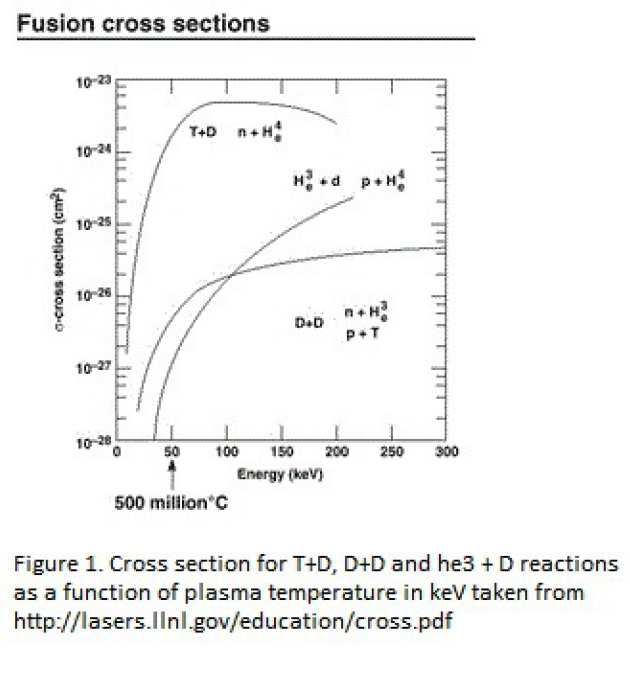Plagiarism
Guidance written by Professor Roland Smith
Use of other people's work in assessed essays, summaries and lab reports
There are many parts of the course in which you are required to hand in written work for assessment. This includes assessed problem sheets, lab reports, essays, computer codes and their output, article summaries and project reports. In all these cases what you hand in should be the unique product of your own efforts. The aim of this document is to give you clear guidance on how to achieve this, while still being able to incorporate suitable reference material from sources such as the web, text books and research papers.
When writing about scientific or technical issues it is quite normal to have to draw on supporting material from a range of sources. Indeed “science” as a whole is a complex interlocking body of work and clear reference to papers and articles is frequently required to put your own writing in context and explain it fully. You are perfectly at liberty, indeed strongly encouraged, to illuminate your work by drawing on as
wide a range of sources as possible. However, good scientific practice, College regulations and Copyright Law all set out very strict guidelines for the use of other people's work. Failure to comply with College guidelines on plagiarism has resulted in students from the Physics Department losing very substantial amounts of marks and credit for entire course units in recent years, together with attachment of a note to this effect to their College record. This information will be passed to potential employers asking for a reference in the future.
How to reference material
In a research publication or reference work you will almost always find a bibliography included. The aim of this is three fold, to act as a source of background information for the interested reader, to provide proofs for specific pieces of information vital to your scientific case, and to acknowledge the efforts of others on whom you have drawn for ideas and inspiration. The most usual way of referencing a paper, book, figure or quotation in the text is to use a number clearly associated with the item you want to reference [1], an author name in brackets (Zweiback, 2000) or a superscript number^3 . In the bibliography you can then give the full source. The source should always be available to the reader. Therefore, the bibliography must only contain static references such as journal papers and books. Dynamic references may suddenly disappear, such as websites, and they are therefore *not* allowed.
Web referencing:
If you do need material from a website and you cannot trace the primary source, then you should quote text directly from the website, using quotation marks around the text in question. The text must also include a reference to the website embedded in the text or as footnote. Similarly, if you copy figures from the web, you must clearly state so and you must include a reference to the website in the figure caption.
Some examples of these three methods are presented below, however you should chose one method and stick to it in any given piece of work. The two critical points to get right are to make it clear where your work stops, and copied material starts, and to give a sufficiently detailed reference to allow the source to be identified clearly and uniquely.
EXAMPLES OF HOW TO REFERENCE MATERIAL

The mass-energy equivalence is clearly a fundamental principle central to 20th century physics. French [1] for example says that “The prime example of the mass-energy equivalence, to which we owe our continuing existence, is provided by thermonuclear reactions occurring in stars such as the sun”. Thermonuclear fusion reactions have been of interest to the scientific community for many years, and recent work carried out at the Lawrence Livermore National Laboratory (Zweiback, 2000) has shown how such reactions can now be undertaken using small scale, table top laser systems. Figure 1 opposite shows that the conditions required for these experiments are extremely difficult to reach due to the very high temperatures required to overcome the Coulomb barrier.
In the section above it is clear what the author's opinion is, where his work stops and other people's starts, and where he has drawn on sources from books, papers or the web.
Bibliography
[1] A P French. “Special Relativity”. p 18, MIT Introductory Physics Series, Nelson, London (1968)
[Zweiback, 2000] J. Zweiback, R. A. Smith, T. E. Cowan, G. Hays, K. B. Wharton, V. P. Yanovsky and T. Ditmire. “Nuclear fusion driven by
Coulomb explosions of large deuterium clusters”. Phys. Rev. Lett. Vol.84, No.12, pp.2634-2637 (2000).
The above bibliography allows the reader of our example article to clearly identify the author or source of the material used in the article. In particular it would allow the reader to find the original sources (a text book, a published research paper) with ease.
Useful Links
College Policy and Procedures on Academic Integrity
- Examination and Assessment - Academic Integrity [pdf]
- Academic Misconduct Procedures [pdf]
- Academic Misconduct Procedure Flow Chart [pdf]
Library Services
- Plagiarism awareness


